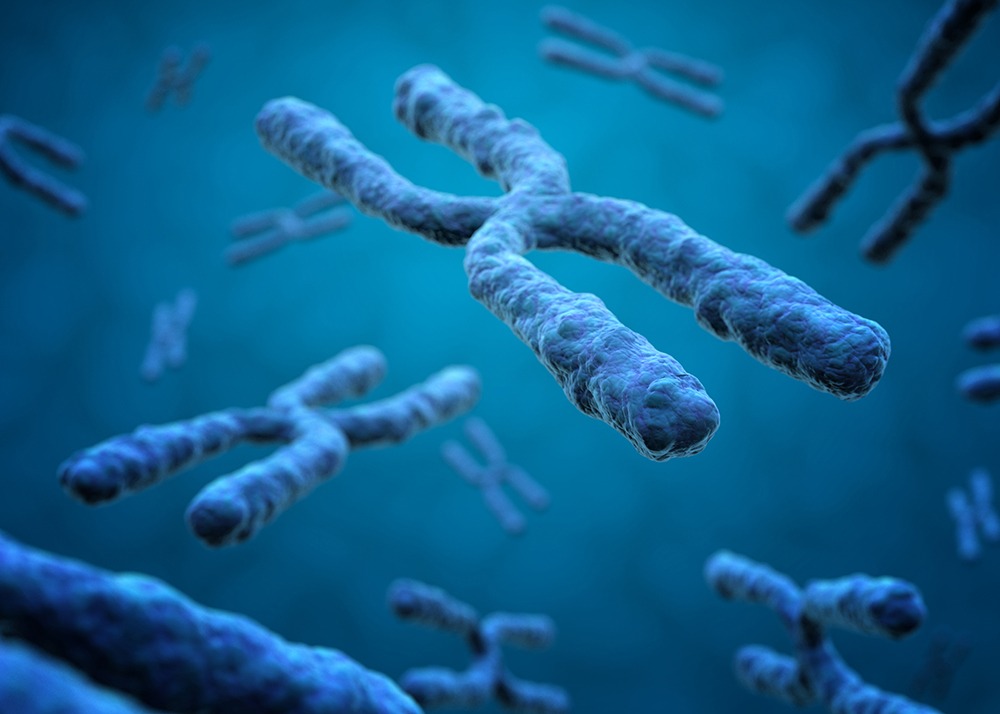Are you ready to defy aging, improve your health and look younger than ever? Stem cells have been making headlines lately as a potential fountain of youth – but what are these miraculous cells and how can they help us fight the effects of aging? In this blog, we’ll dive into the world of stem cell research to find out how these powerful little cells can help us turn back time!
Stem cells are the foundation of life, serving as the building blocks for all other types of cells. These special cells have the unique ability to divide and replicate with little limitation, while simultaneously retaining their potential to transform into any type of cell in our bodies. Stem cells can be found in various tissues throughout our bodies, including bone marrow and umbilical cord blood. They also play a crucial role in tissue repair, as they help regenerate damaged tissues with healthy new ones. Scientists have discovered that stem cells can even self-renew by dividing themselves into two identical copies to replenish their reserves over time. This means that stem cell functions can potentially replace or supplement existing damaged or missing tissue for long-term recovery from injury or disease – providing a promising avenue of exploration in medical science today.
Stem cells are a powerful tool in the fight against joint pain. As stem cell therapy becomes more advanced, it is becoming increasingly popular for treating various types of painful inflammatory conditions like arthritis and tendonitis. Stem cells can help reduce inflammation in the joints, which eases swelling and provides relief from pain. Additionally, stem cell therapy has been shown to stimulate new cartilage growth and may even be able to reverse some of the damage caused by certain degenerative diseases like osteoarthritis. Not only that but research suggests that stem cell injections may also help with nerve regeneration around damaged tissues, potentially providing further relief from chronic pain symptoms. All these promising benefits make stem cells an effective treatment option for those suffering from joint-related issues due to age or injury.
Stem cells are also integral to the process of aging, as they play a major role in maintaining the health and youthfulness of human tissue. As we age, our stem cells become less numerous and increasingly ineffective at repairing damaged tissues. This lack of rejuvenation can lead to an overall decrease in longevity due to increased susceptibility to diseases associated with old age such as osteoporosis or cancer. Fortunately, recent research has explored ways that scientists could potentially delay or reverse these effects by manipulating our existing stem cell populations or introducing new ones into the body through medical treatments. By studying how different kinds of stem cells interact with each other during the natural aging process, researchers have begun looking into potential therapies that may slow down cognitive decline and increase mobility for elderly individuals suffering from chronic degenerative conditions like Parkinson’s disease and Alzheimer’s disease. With the ongoing research and clinical applications being developed it is encouraging that science continues making progress on unlocking more solutions for improving quality-of-life in those affected by age-related illnesses.
Stem cell depletion is a term used to refer to the decrease of stem cells in an individual’s body. When there is a reduction in this population, it can lead to decreased tissue regeneration and impair normal functioning of vital organs including the brain, heart, lungs and kidneys. This kind of deterioration occurs naturally with age but may also be accelerated by exposure to toxins or unhealthy lifestyle factors like smoking and poor diet that deplete stem cells more rapidly than usual. Avoiding these habits while maintaining healthy eating habits and stress management techniques can help keep your own personal reserve replenished over time.
From the perspective of medical science, stem cells have revolutionized tissue regeneration and promise huge potential for improved treatments and curative therapies. The capacity of stem cells to differentiate into many types of specialized cells holds a great deal of promise in regenerative medicine. In addition, advancements in genetic engineering are enabling scientists to reprogram somatic adult cells back into pluripotent states — a process known as cellular reprogramming — that gives researchers more control over which type of differentiated cell line is being used for therapeutic purposes. As further research is conducted on these promising technologies, we can look forward to even greater advances in the field of regenerative medicine and continued progress towards restoring health, improving our quality of life and even extending our lifespan.

